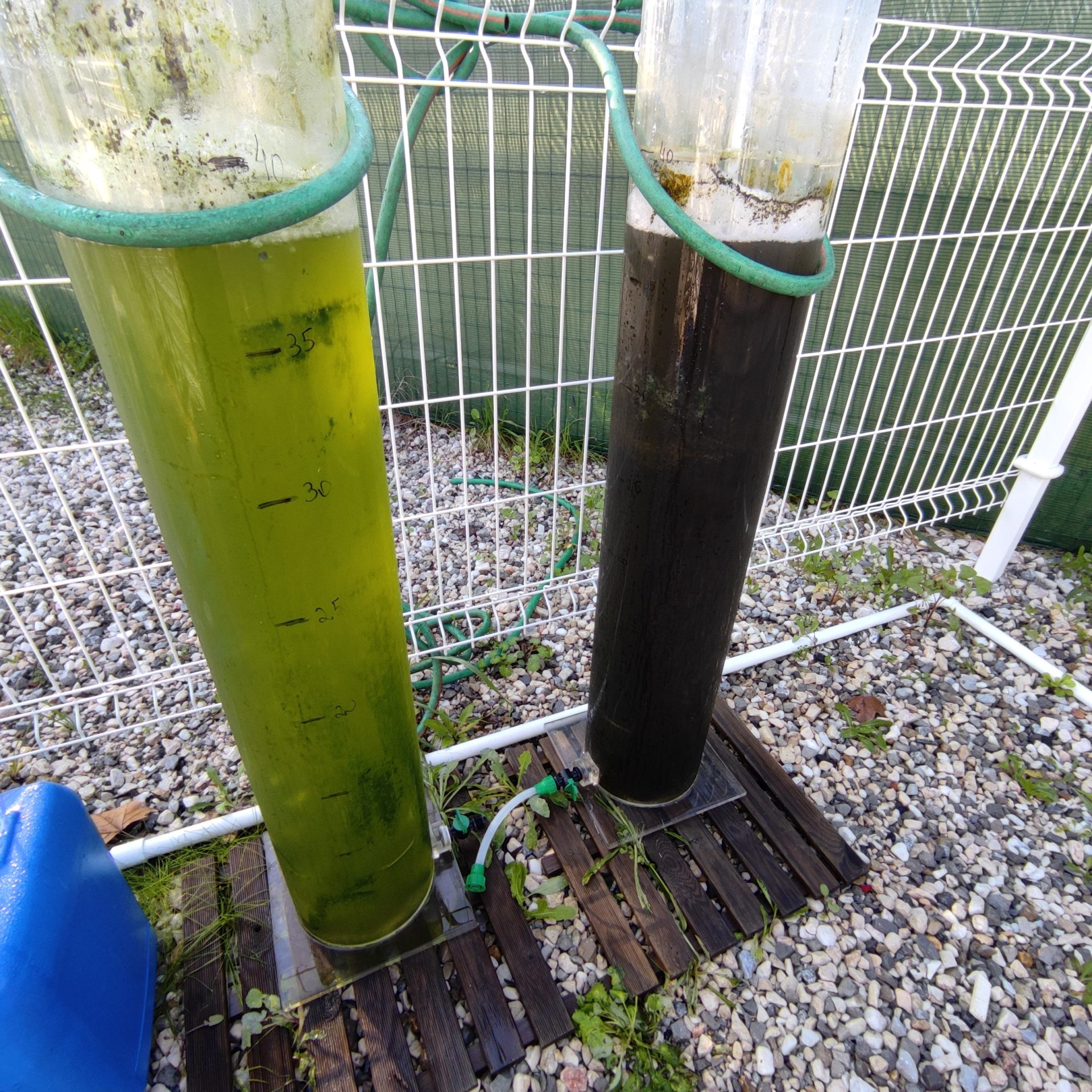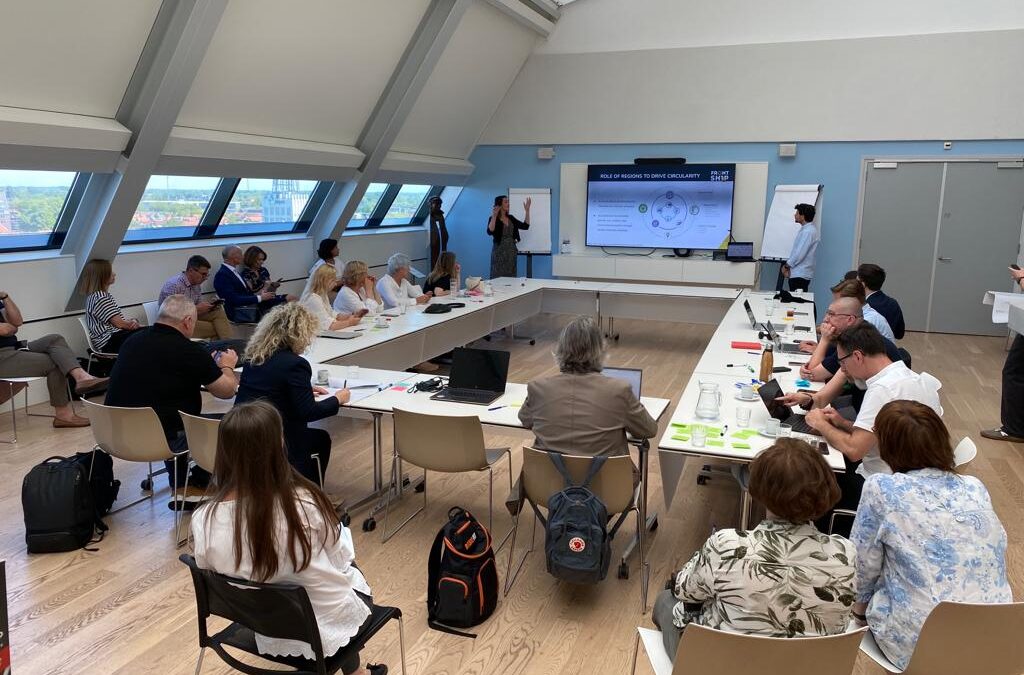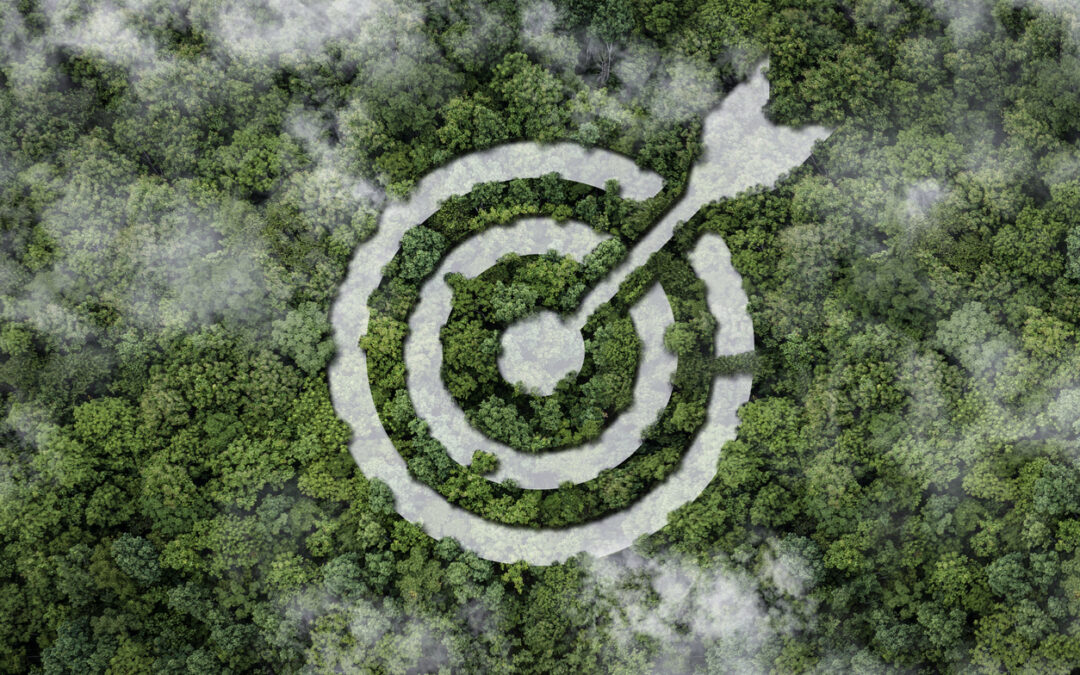Authors: Luisa Gouveia, Rafał Łukasik & Alberto Reis
The “big” numbers from the United Nation’s Food and Agriculture Organization (2022) point out that by 2050, the growing population will require 60% more food, the agriculture yields will be reduced by more than 10% due the climate change, 33% of the soils will be degraded due the erosion and pollution, and 50 to 80% of the nitrogen load in the freshwater bodies will come from the overuse of synthetic fertilisers. Soil, water, and air are contaminated with severe consequences on population health and food quality as well. Besides, the Green Deal forced a decrease of 30% in synthetic fertilizers and 50% in pesticides. On the other side, microalgae cultivation by recovering the “pollutants” from the wastewater that become “nutrients”, could help with the economic and environmental sustainability of the whole process, reducing, as well, the water footprint. In addition, the use of microalgal biomass as a biostimulant/fertiliser due to the presence of phytohormones, polysaccharides and amino acids has been proven to increase seed germination and plant growth yield and health and increase tolerance to both stresses (biotic and abiotic).
More recently, environmental legislation becomes more rigorous, and the emergence of organic farming practices appears as a promising solution to fulfil the growing demand for healthy foods that do not compromise long-term environmental sustainability, promote low pesticide inputs and use natural bioproducts, such as biofertilisers, biostimulants, and biopesticides. From the economic point of view, the growth of the European biostimulants sector has been driven by the increasing importance of organic and sustainable farming as well as the need for enhanced yields. Europe is currently the biggest market for biostimulants, with around 8.5 million acres of area treated in 2016. Since March 2022, the war has led to a shortage of fertilizers in the market. Both countries (Russia and Ukraine) were reported to be responsible, altogether, for the exportation of 28% of fertilizers containing nitrogen, phosphorus, and potassium. This has resulted in a significant increase in fertiliser prices, which have become worryingly scarce. Hence, microalgae bioproducts such as biostimulants and biofertilisers, may very well pose as an opportunity to alleviate and overcome the current fertilizer crisis.
The importance of the microalgae in the field of agriculture is highlighted by the duplication in the number of studies from 2018 to 2021 and it is expected to be the most relevant application in microalgae technology for the near future. The reusability of the produced microalgal biomass from flue gases and wastewaters for agricultural purposes by Gminy Parzęczew and other Łódzkie region stakeholders will boost FRONTSH1P CSS3 circularity of the local value chains.




